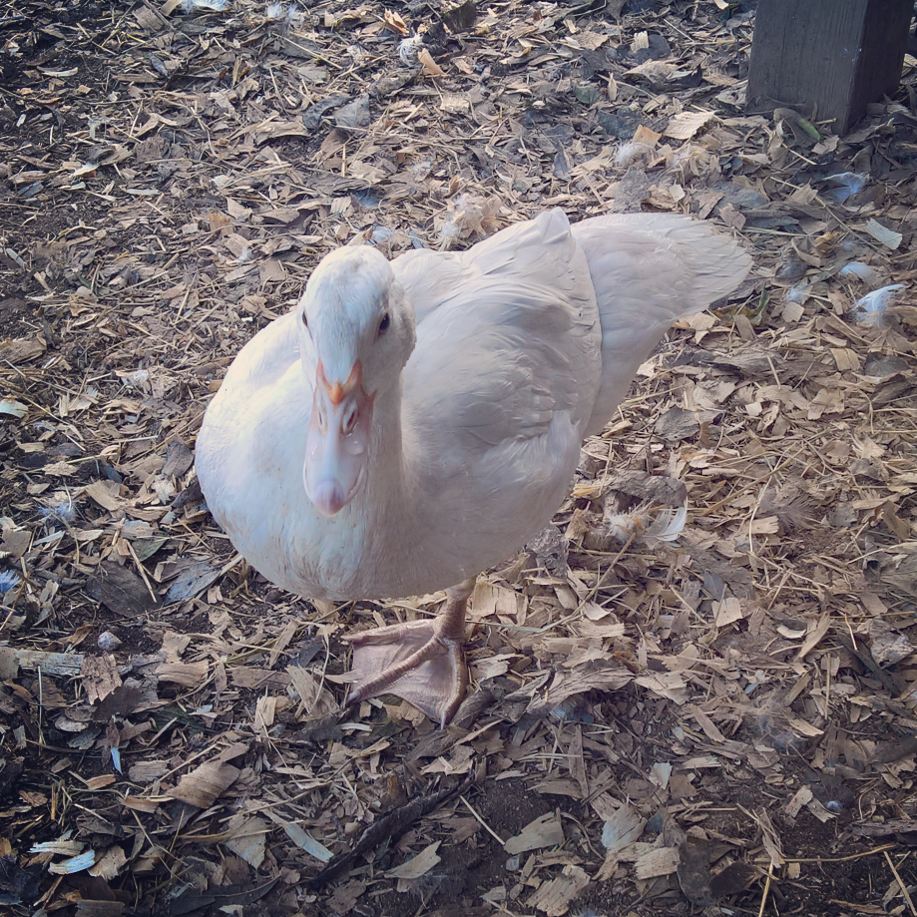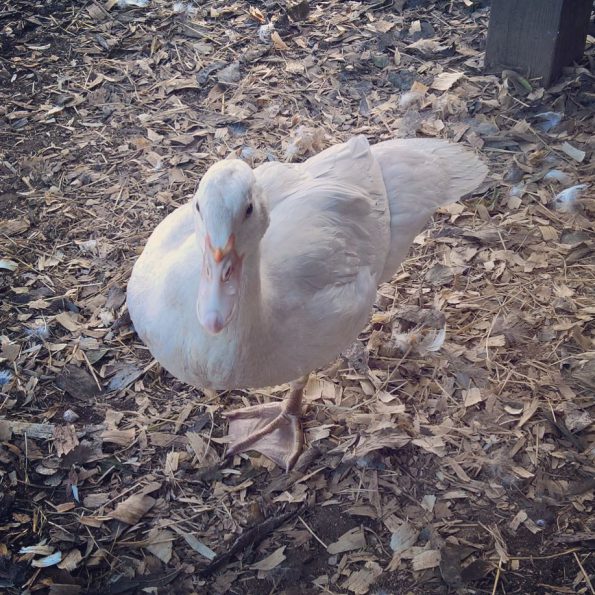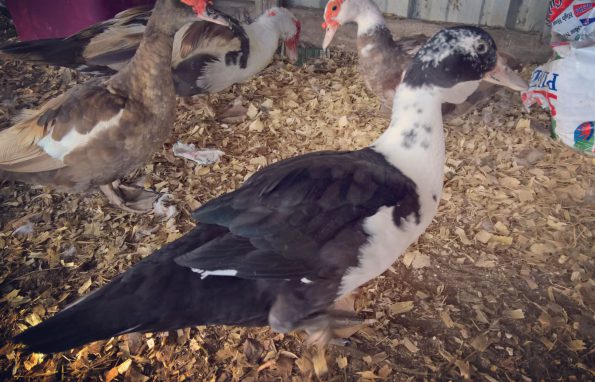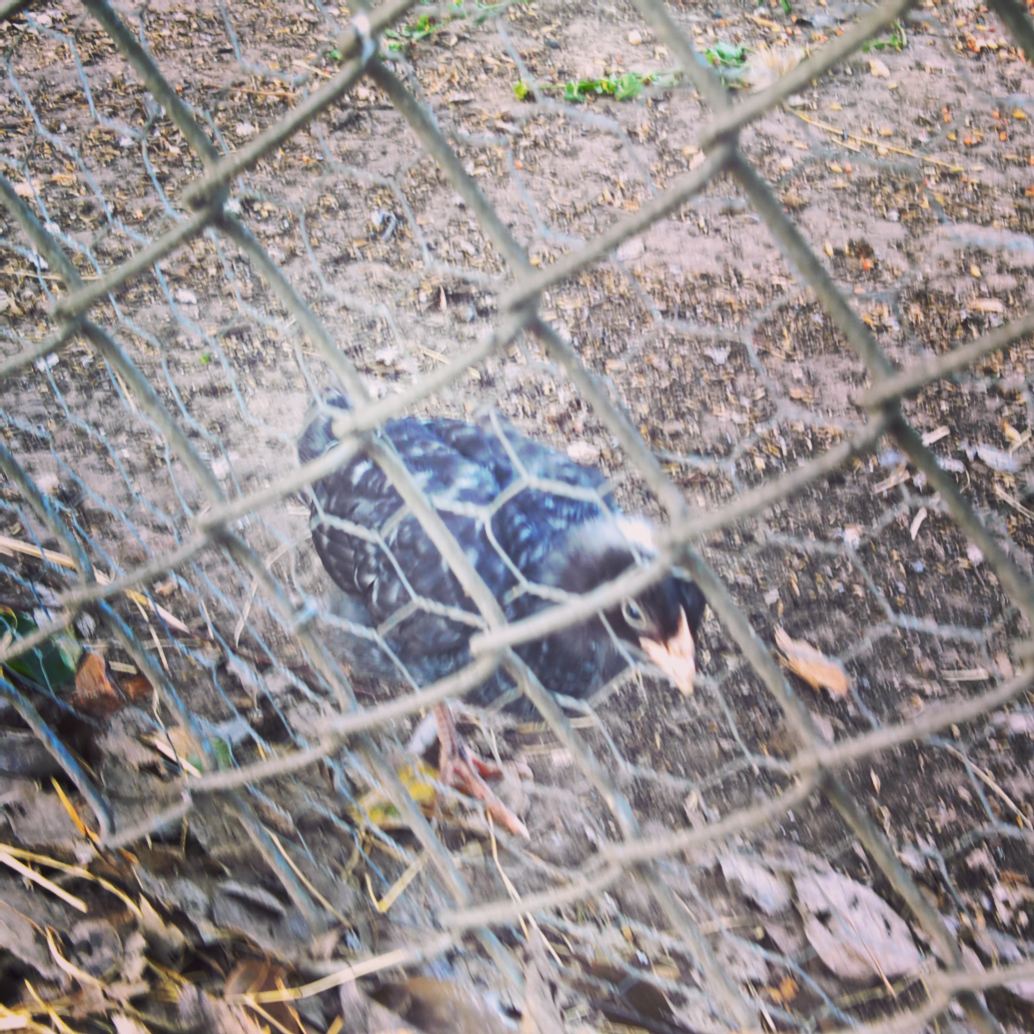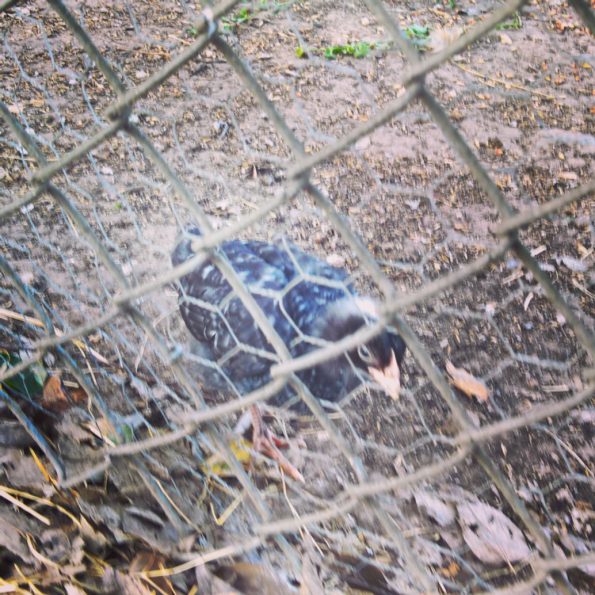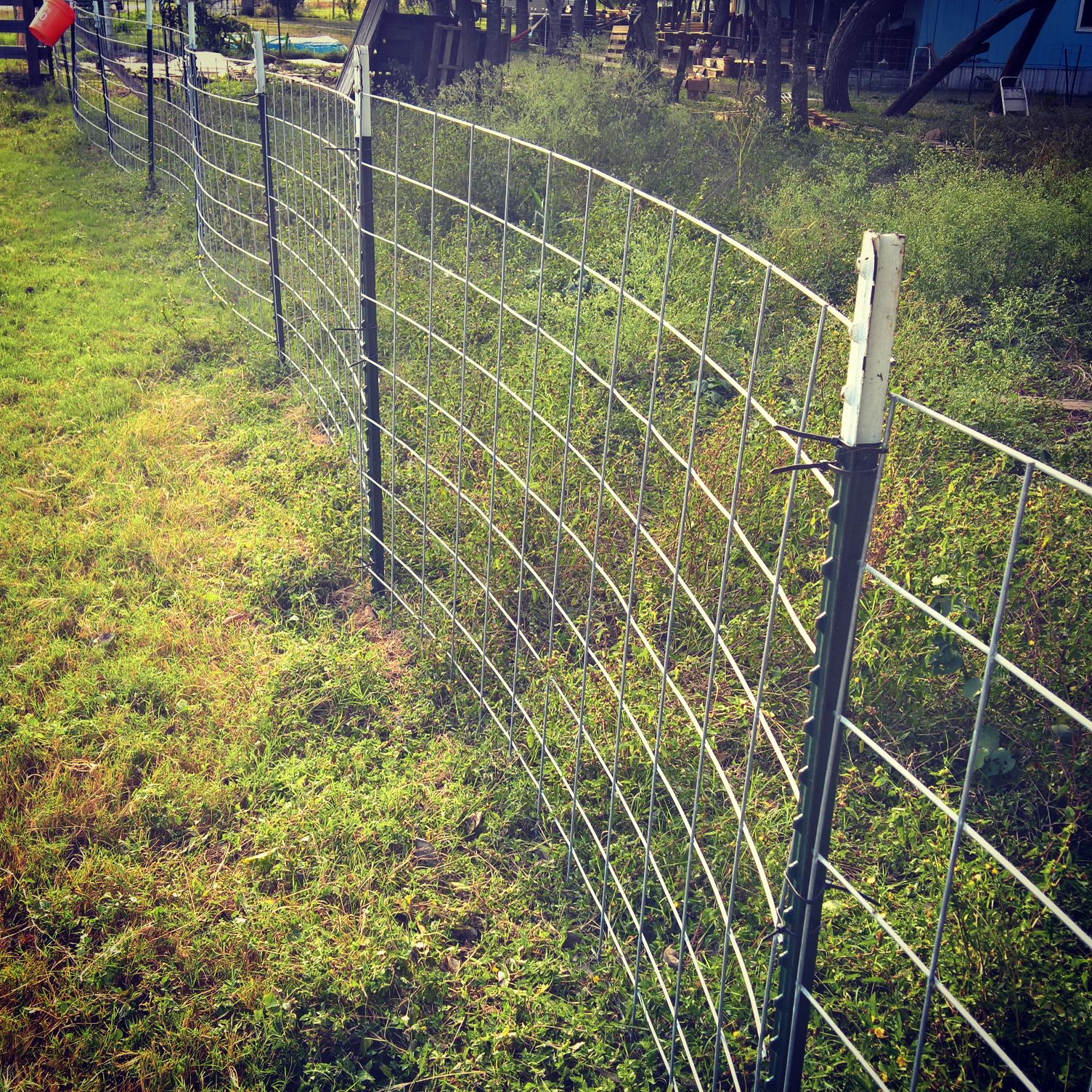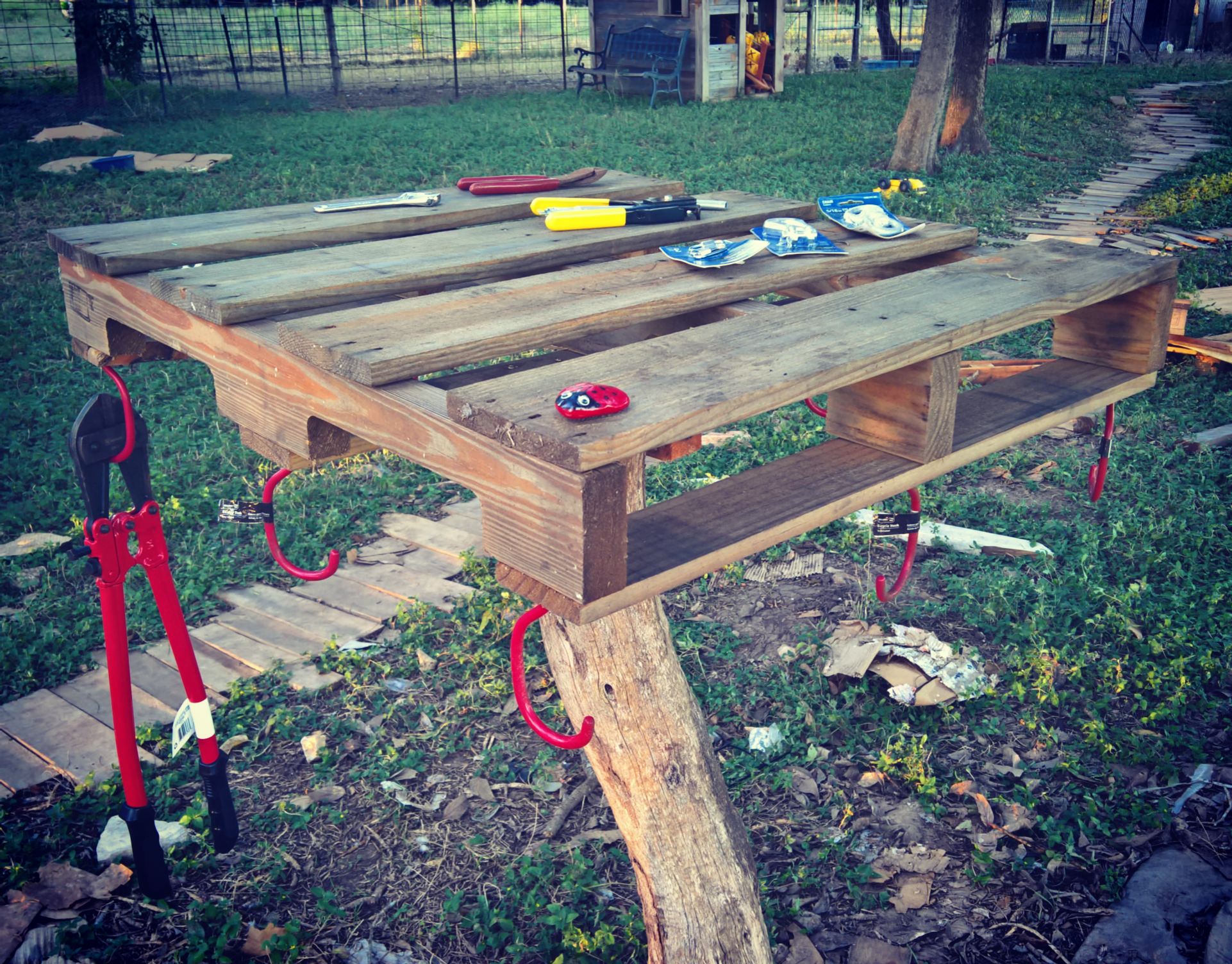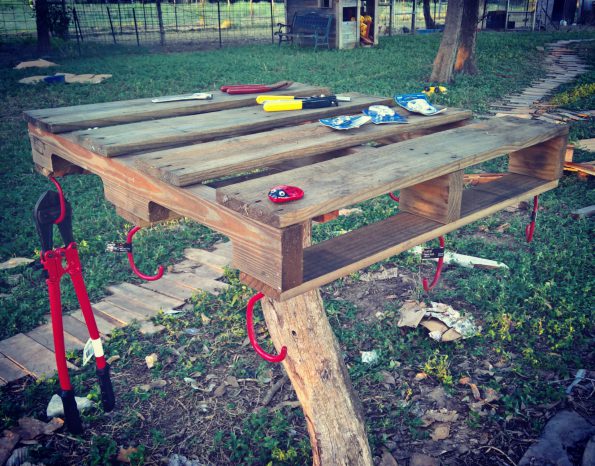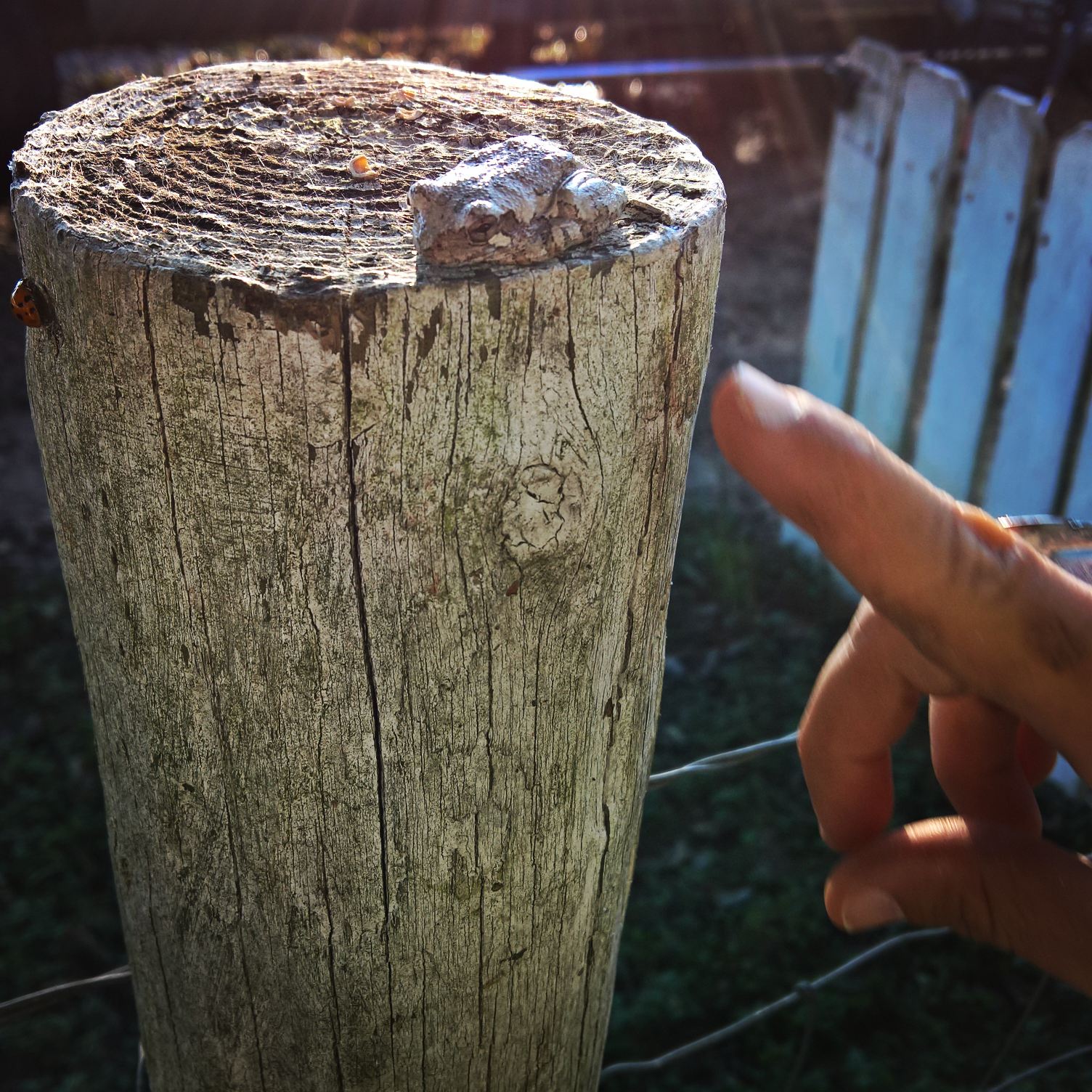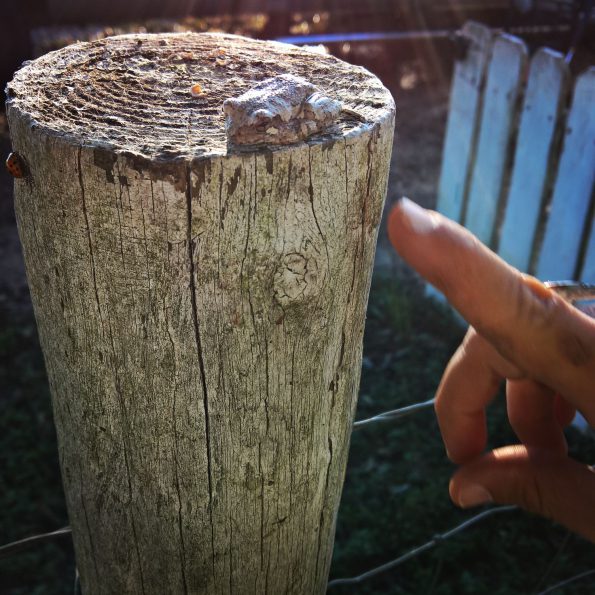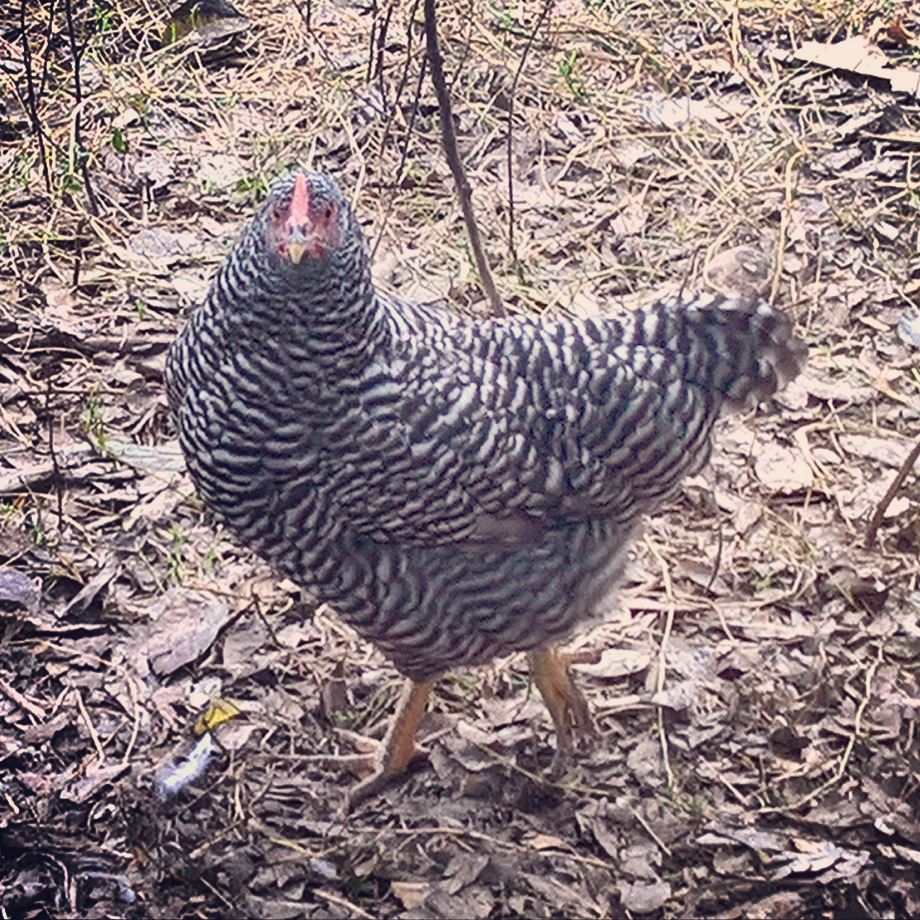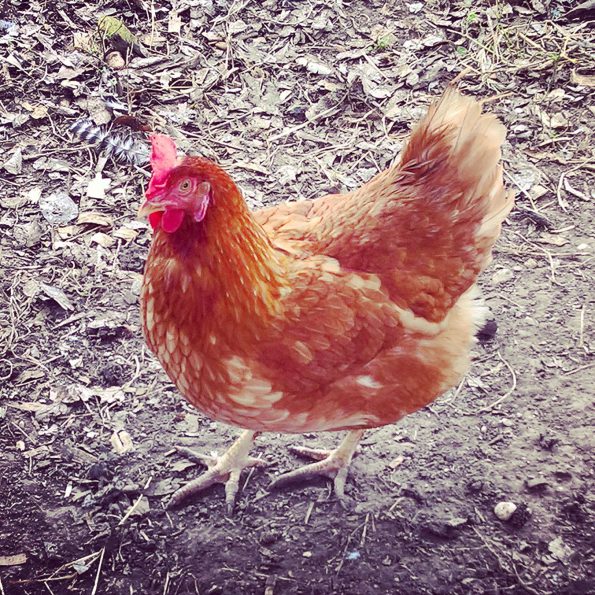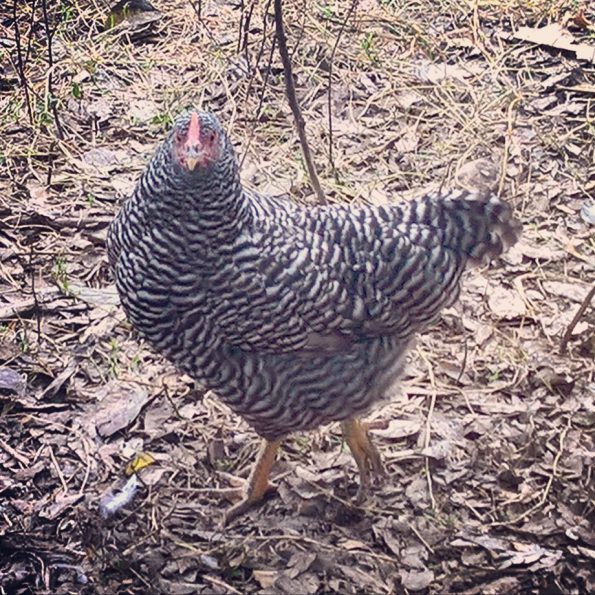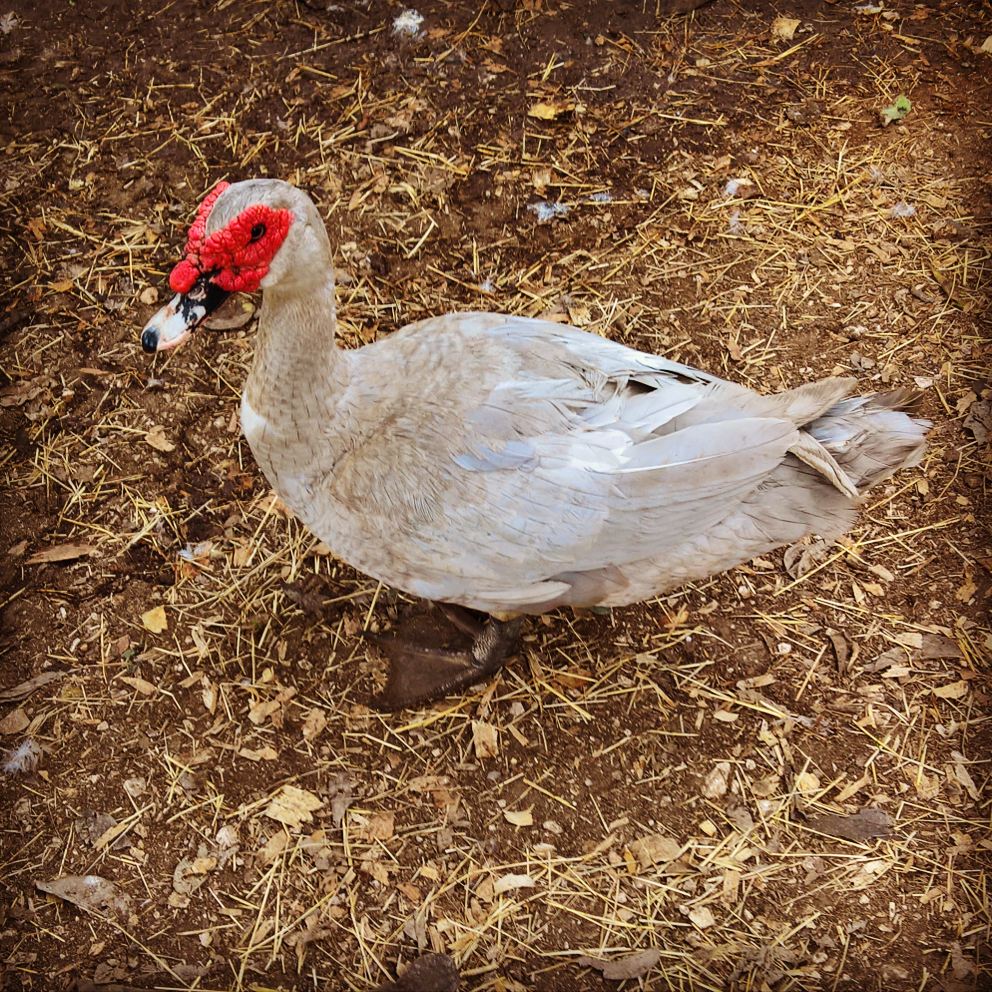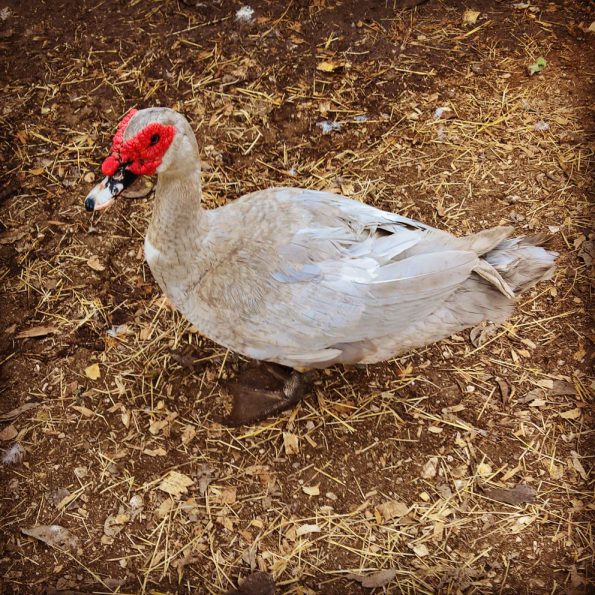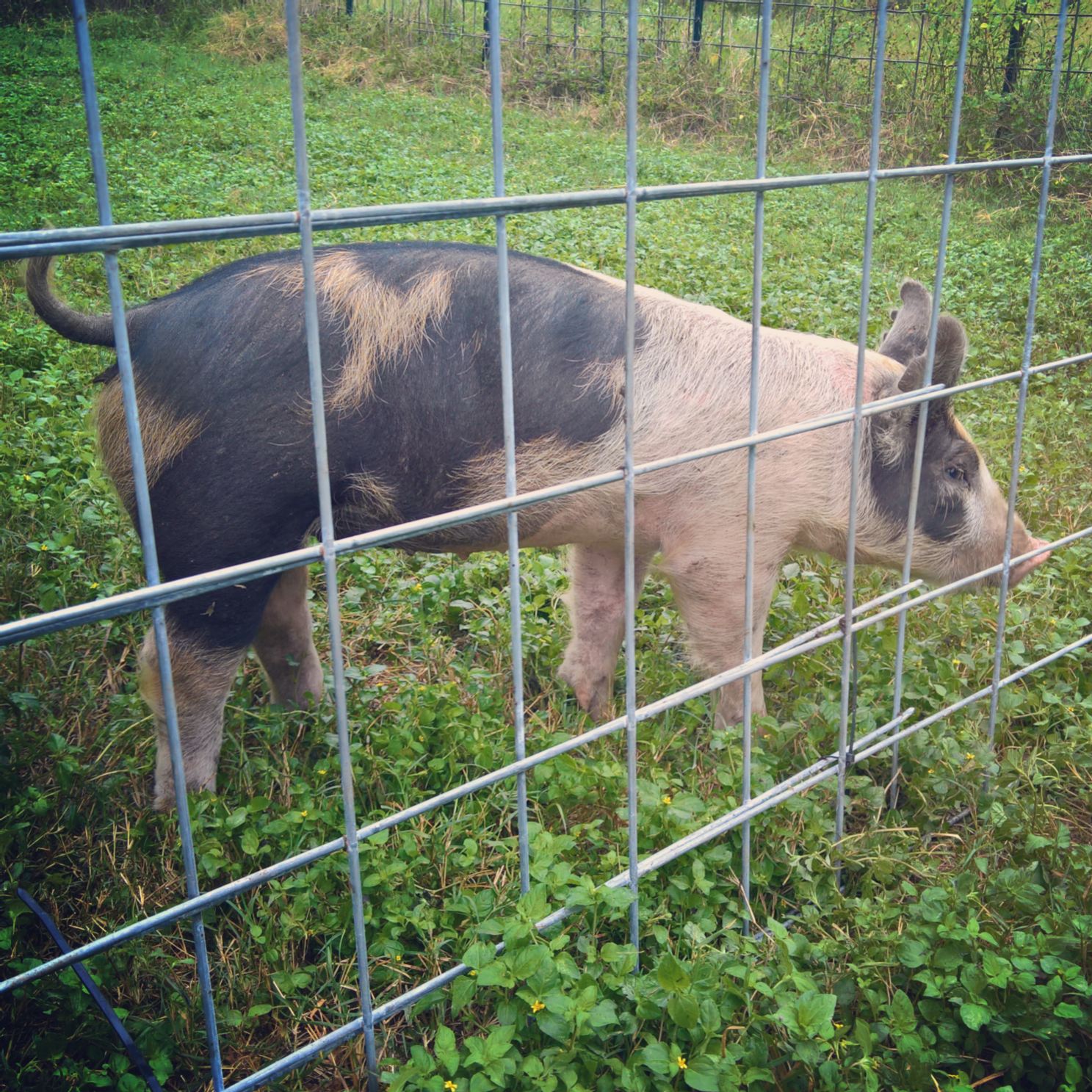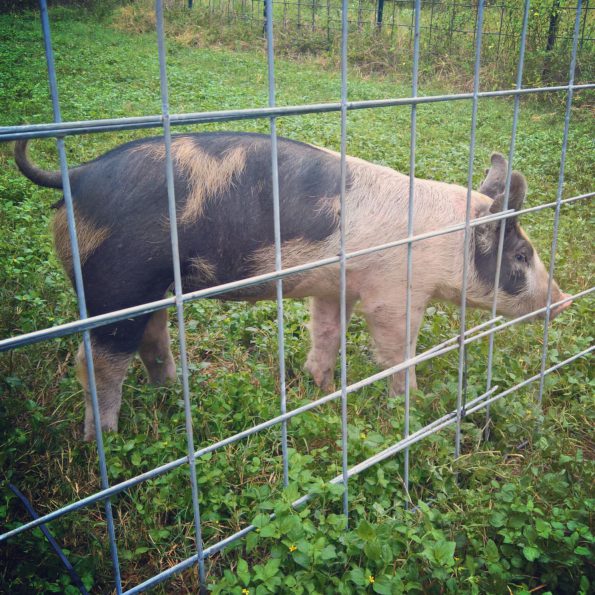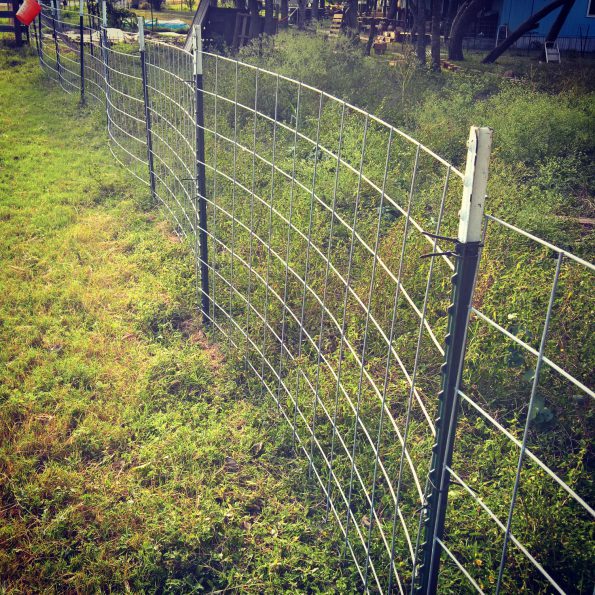
We were blessed to find a property that was already fenced on all sides, and crossed-fenced in places. But it still needed some more “cordoned off” areas for our purposes. We considered a couple of options, and ultimately decided on “T-posts, cattle panels and zip-ties” as our immediate fencing of choice. We chose the cattle panels and zip-ties approach over more traditional methods for a couple of reasons.
First, it’s easy to do.
While 8-foot cattle panels are more expensive per foot than welded wire fencing, with the lengths we were dealing with, they weren’t prohibitively expensive. And they’re relatively easy to transport and get into place. So easy, in fact, that our kids (eight, seven, and four) helped with the fencing projects. The two older ones got the panels into place, Melissa pounded in a T-post, and they all helped with zip-tieing them to each other and the T-posts.
Second, it’s easy to undo.
If we ever decide that the fence needs to be shaped differently, or in a different location entirely, it’s fairly easy to undo. Just clip the zip-ties and dig up the T-posts. In other words, it’s an immediate solution – but it doesn’t have to be a long-term solution. On the other hand, if we decide that we hit the nail on the head in terms of where we want fencing, we can replace the cattle panels with welded wire – or keep the cattle panels, but use wire to hold the fence together (rather than zip-ties).
